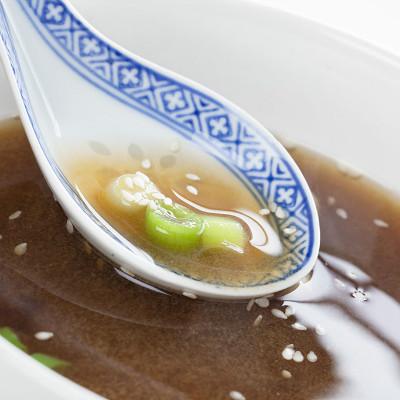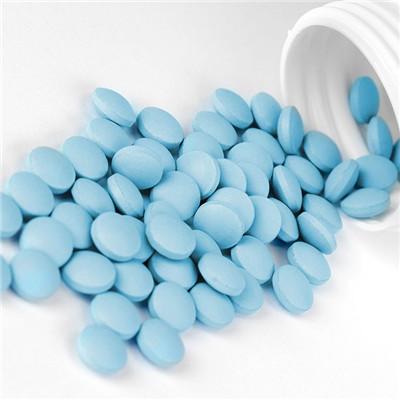Health is more than eating whole grains
summary
In recent years, with the rich variety of agricultural and sideline products, people rely more and more on refined rice noodles. But in the past two years, with the importance of cellulose, coarse grain has become the pronoun of healthy food. So what's good about eating roughage? If it's good to eat roughage, should we eat it in large quantities? Let's take a look at the following.
Health is more than eating whole grains
First: the benefits of eating coarse cereals. When it comes to coarse cereals, we need to know which foods are included in the scope of coarse cereals. Coarse grains mainly include millet, brown rice, oat, corn, sorghum, barley, black rice, purple rice, buckwheat, wheat bran and so on. Coarse grains are rich in B vitamins, dietary fiber, potassium, calcium and phytochemicals. First of all, coarse grains are rich in insoluble cellulose, which can work together with soluble fiber to reduce blood low-density cholesterol and triglycerides, delay the speed of glucose absorption after meals, and reduce the risk of hypertension, diabetes, obesity and cardiovascular and cerebrovascular diseases.

Second: but the benefits of eating roughage are more than that. Whole grains not only contain more dietary fiber and vitamins, but also contain more antioxidants. The red, purple and black grains are good sources of anthocyanins, while the Yellow grains contain carotenoids, and barley and oat are rich in β - glucan. These substances have their own health benefits, such as preventing cancer, preventing coronary heart disease, helping to control postprandial blood glucose and cholesterol, and delaying eye aging.

Third: according to the "Chinese dietary guidelines 2007" recommendations, in the whole day 250g ~ 400g staple food, coarse grains should account for 50g ~ 100g. If there are hyperlipidemia and hyperglycemia, obesity, constipation, social intercourse more people, can increase the amount of coarse grain intake. Elderly people with poor gastrointestinal function, children and adolescents in growth and development period, children with poor digestive function, people with emaciation, malnutrition, lack of calcium, iron and other elements should eat less coarse grains and do fine grain. It is generally recommended for the elderly to take 50g of coarse grain every day. Patients with chronic pancreatitis and chronic gastroenteritis should eat less coarse grains. Patients with gastric and intestinal ulcers, acute gastroenteritis and severe liver diseases should avoid eating coarse grains because their food should be soft.

matters needing attention
If you eat too much cellulose, it will not only affect digestion, but also affect the absorption of certain nutrients, and even lead to malnutrition. Therefore, different people should take in coarse grains according to their needs, that is, different people and different quantities.















